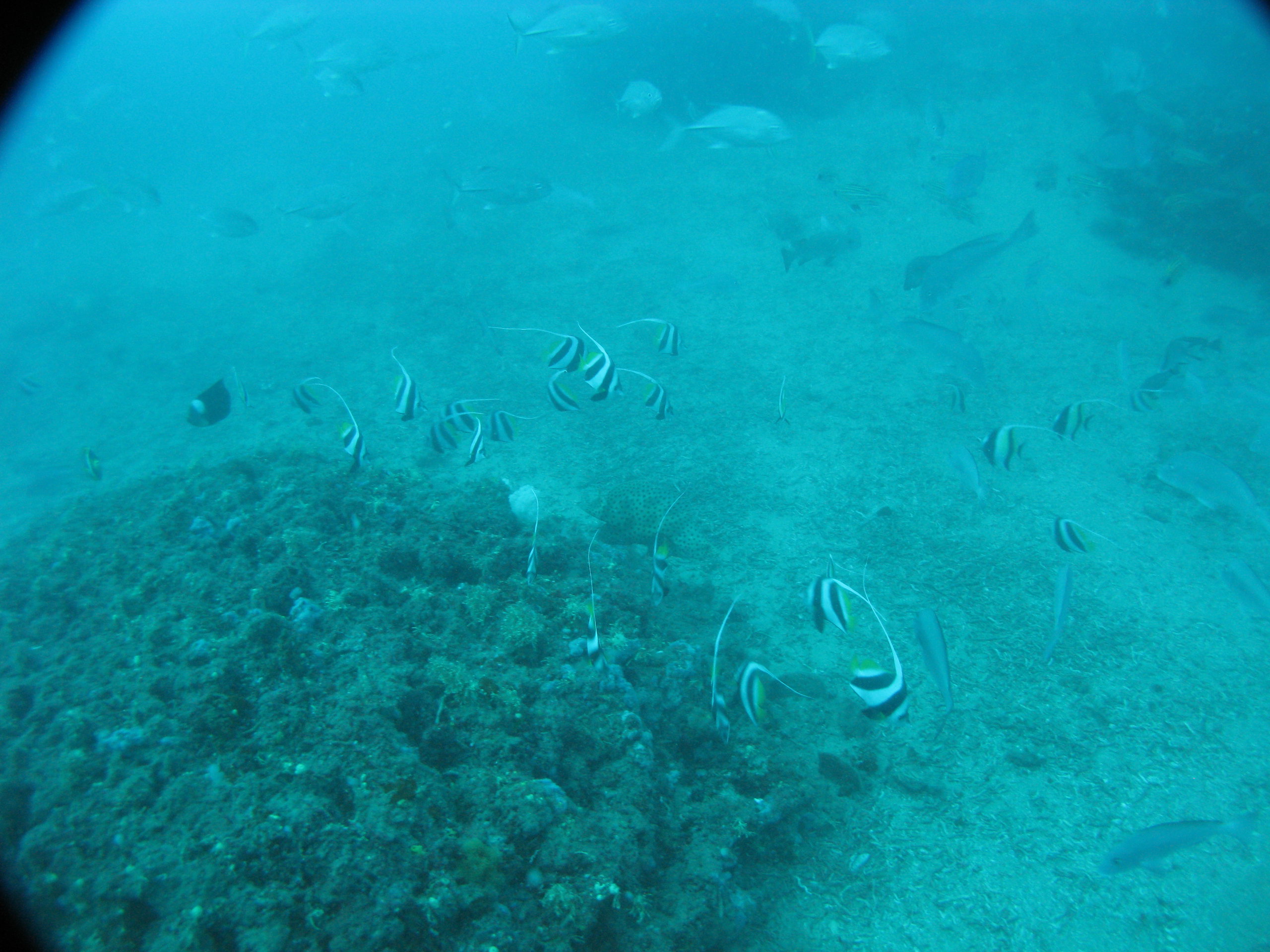|
|
Other subtidal molluscs on unconsolidated or intermediate substrateShort descriptionSubtidal molluscs forming shellfish reefs on unconsolidated or intermediate structure. Disclaimer: Ecosystem type descriptions are based on biophysical attributes identified in Central Queensland through expert advice and supported by scientific literature. Not all ecosystem types are mapped based on current inventory, and many of the ecosystems described here may also occur in other parts of Queensland.
Classification categoriesSelect from the links below to view related ecosystem type categories Long descriptionSubtidal molluscs forming shellfish reefs on unconsolidated or intermediate structure (including Siliquariid worm shell reefs and other non-oyster molluscs). This ecosystem includes shellfish reefs, notably worm-shells capable of forming reefs include different families of molluscs (Vermetidae and Siliquariidae). The family Siliquariidae is a group of sessile (attached) gastropod snails. The shells form a series of uncoiled whorls that intermesh into a thicket growth form. These colonies comprise living and dead gastropod tubes from the family Siliquariidae (probably Tenagodus cumingii) and are commensals living in close association with sponge (possibly family Irciniidae, class Demospongiae, order Dictyoceratida) (John Healy, Queensland Museum, pers. comm.). The mounds form a substrate of intermediate consolidation. Other ecosystem-forming shellfish which may occur subtidally include razor clams Pinna bicolor (forming reefs to tens of metres depth) and Pinna albina sugillata, and hairy mussels Trichomya hirsuta. Special valuesThe Siliquariid reefs create structure on a sandy bottom and are very biodiverse, attracting a variety of large and small fish and sharks. Diagnostic attributesInundation 'Subtidal' Structural macrobiota 'Molluscs – other' (i.e. not oysters or scallops) Consolidation 'Unconsolidated', 'Intermediate', 'Unknown' QualifiersAlthough qualifiers are unmapped, potentially these mollusc reefs are delicate and are vulnerable to trawl and anchoring impacts and so the Naturalness qualifier is relevant. DistributionSubtidal shellfish reefs formed by taxa other than oysters are exceedingly rare. In eastern Australia they are only known in a very restricted area off Rooney’s Point, north-west of Fraser Island, however these unique reefs are also found in the Mediterranean, Atlantic and south-east Asia. Other Siliquariid reefs are known from other parts of the world. The following relates to distribution of this ecosystem type within the Central Queensland mapping area:
CommentsNone. Additional InformationGreat Sandy Marine Park Regional Profile: Central and Eastern Hervey Bay - Queensland Government Last updated: 22 July 2019 This page should be cited as: Department of Environment, Science and Innovation, Queensland (2019) Other subtidal molluscs on unconsolidated or intermediate substrate, WetlandInfo website, accessed 8 May 2025. Available at: https://wetlandinfo.des.qld.gov.au/wetlands/ecology/aquatic-ecosystems-natural/estuarine-marine/descriptions/65/ |

 — Department of the Environment, Tourism, Science and Innovation
— Department of the Environment, Tourism, Science and Innovation


